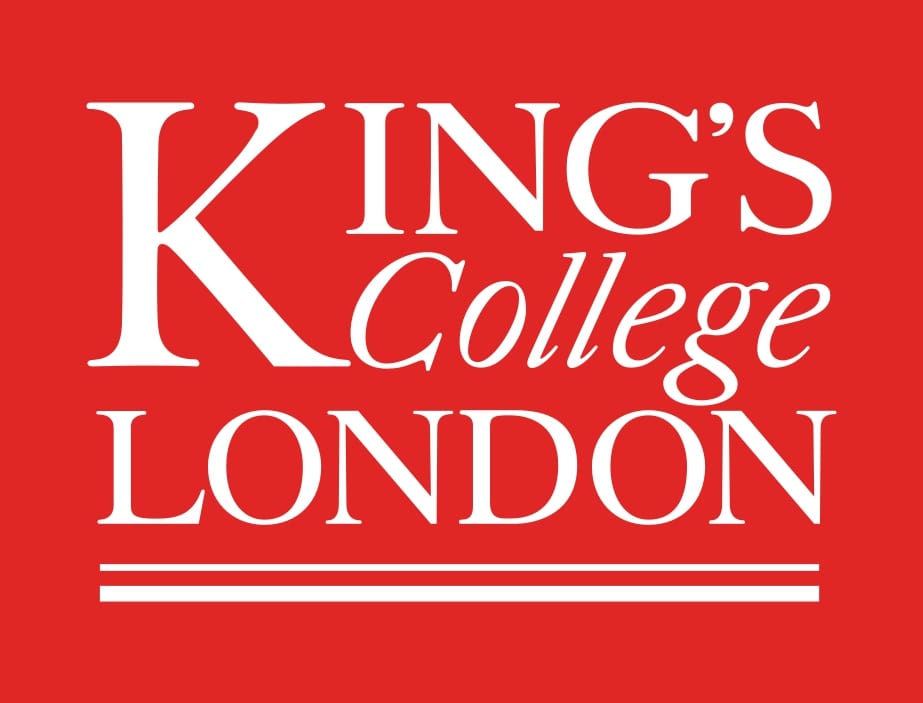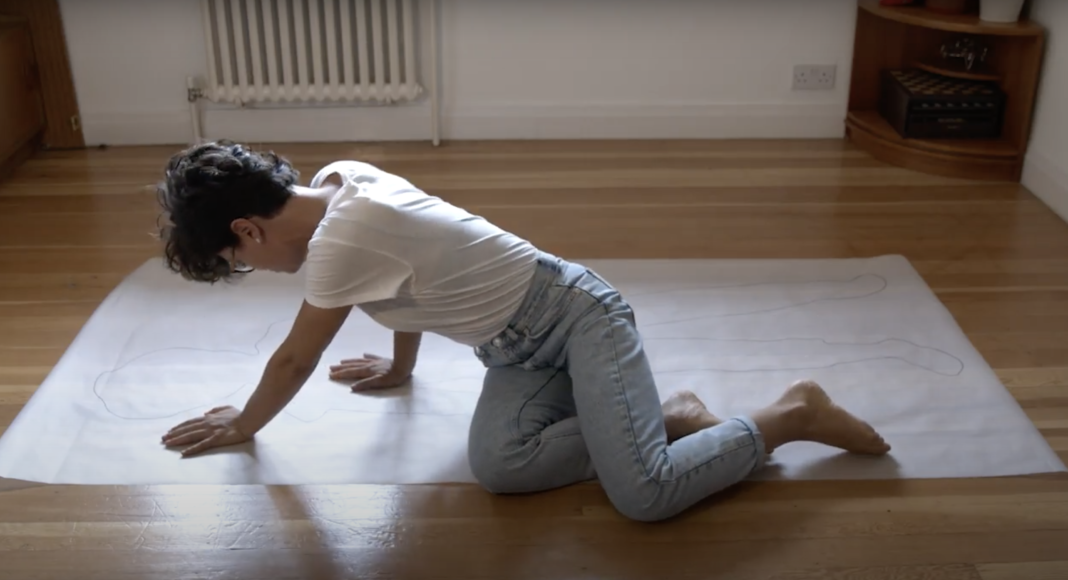Violations of territories affect women’s bodies, just as the violations of women’s bodies affect territories. From this premise, women from the Maré favelas of Rio de Janeiro resisting urban violence on a daily basis have found empowerment through the practice of body-mapping.
What is body-territory mapping?
Body-territory mapping is an arts-based research tool which builds on the Latin American indigenous concept of Cuerpo-Territorio. It involves tracing around a person’s body to create a life-sized outline which they then fill in through a creative and reflective process. It is a powerful way to explore feelings and experiences that might normally be difficult to communicate.
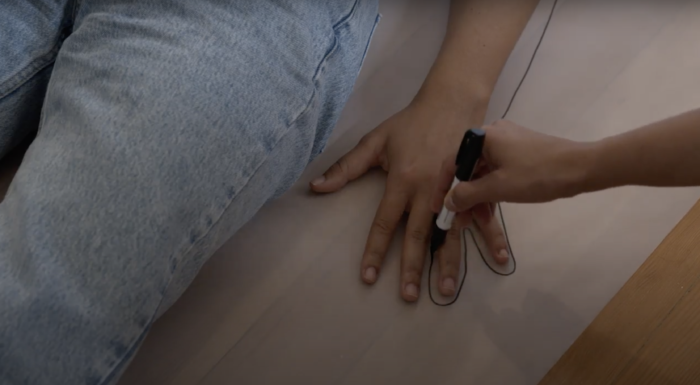
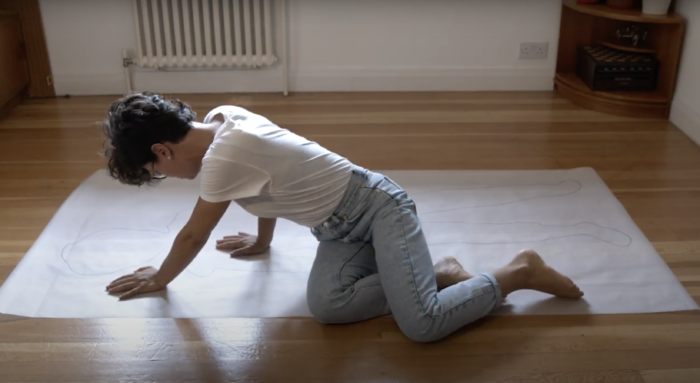
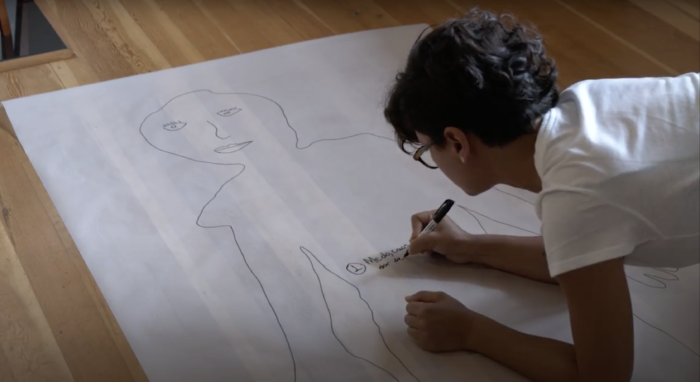
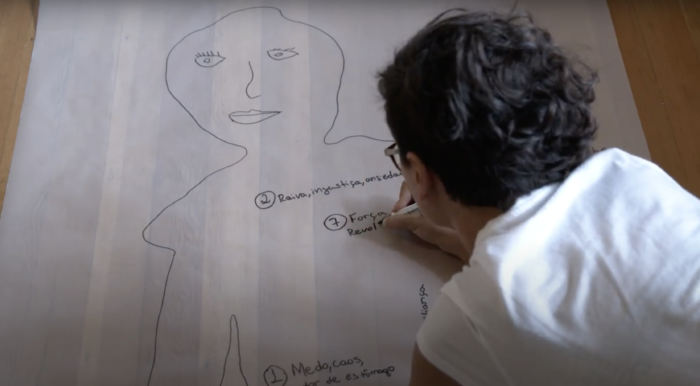
Body-mapping with women from Rio
In a body-territory mapping exercise with women from Maré, led by researchers from King’s College London, participants were invited to lie down on a sheet of paper the size of their body while the researcher-facilitator drew their silhouettes with a pen, outlining their bodies.
The participants were then invited to answer questions concerning their experiences of violence and their means of confronting it, by identifying certain emotions, feelings, sensations, memories, people, and places in specific parts of their body-maps. They were also asked to think about the territory of Maré and transpose many of the issues that emerged in their body maps onto a territorial map. Finally, the women reflected on their experiences, verbally elaborating on their stories.
Incorporating both the spaces of the body and the territory helps us understand the connections between body, nature, and space as part of a whole, or in a continuum.
One key theme that emerged through the body-mapping exercise was that many women cope with and resist violence through their connection with nature. Katia, for example, placed the beach within her heart as her ‘first refuge’. For her, being close to nature helps her to heal.
‘My family is also from here, so my relationship with the territory is, I think, really historical. My grandmother came here very young, my mother too, so everything that I have today came from here,’ says Katia, a 25-year-old Black woman from Maré.
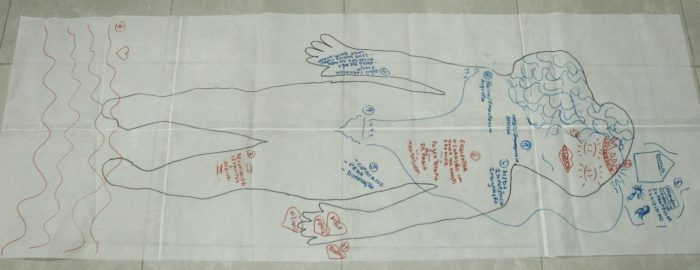
Many other women from Maré also carry ancestral and territorial knowledge in their bodies, mobilizing it on a daily basis to confront violence – for example when planning safer routes home, avoiding streets commonly known to be dangerous because of local activities; using local codes (like adopting body language to demonstrate they are a local or reading others’ body language to recognise allies and form spontaneous support networks, or adapting how they dress, talk and behave in private and public spaces); knowing how to react strategically if they experience violence both in private and public spaces, and knowing which local networks they can turn to.
Bianca, a 27-year-old white woman (see below), spoke of her ancestral power which manifests in physical strength inherited from her mother and grandmother, coupled with knowledge they’ve passed down to her. Bianca uses this strength when working in community projects on preventing violence in Maré. She said: ‘This strength makes a big impression on my body, for example in my hands, so I can carry heavy weights when I am in a community work project’.
Likewise, Livia, 36, wrote on her body-map, on the area representing her feet, the phrase ‘our steps come from far away’ in reference to Black feminism in Brazil, embodying how her power and strength come from the collective and ancestral stories of resistance of women like her:
‘I think that knowing that I’m not alone, that there is a history behind me, in my family and people… Black people, Black women, and Black lesbians, and artists, and people that have to do with my education, beyond my family… to know that I am not alone, walking together, knowing that this step comes from very far away gives me the reason, and the desire not to give up… And what is it that takes me? My feet… literally the part of my body that carries me to places, right? And knowing that I am not alone – this gives me more strength and courage.’
Livia’s comments reaffirm the importance of collective and ancestral resistance knowledge, knowledge which is applied by women in relation to their bodies, their territorial communities, and the city more broadly.
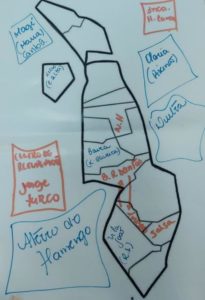
The research on which these reflections are based has identified many ways in which women in Maré mobilize both their bodies and territories in contexts of gendered urban violence. Given that violations of the territories affect women’s bodies just as the violations of women’s bodies affect the territories, practices of resistance to violence also mobilize bodies and uses of space. For example, one woman from Maré practices jiu-jitsu for self-defence. She said: ‘My strategy is to fight […] That’s my body strategy. […] It’s with my hands and feet. […] I believe in this technique of fighting.’ Thanks to this reflection, the research team developed ways of further exploring the ’continuum’ of violence and resistance through the body and territory, as outlined in the latest research report.
Creating gendered counter-narratives of Maré
These body-territory maps create counter-narratives of Maré, an area often stereotyped by violence, insecurity and machismo. Created from the point of view of women residents themselves, these body-maps challenge homogeneous representations of the territory as a violent and dangerous place and the women residents as passive victims. In contrast, the maps help to illustrate the nature of intersectional forms of violence experienced by these women and the strategic ways in which they mobilize their bodies and embody knowledge about their territories in order to resist.
Through this activity, issues arose which were not captured in the more traditional interview and focus group methods. These included the feeling of being protected by reading – with one woman placing a book in her hand to represent how reading heals and protects her. Others mapped practices of self-care for the body, mind, and environment through activities like dance, baths, rituals, and exercise, as well as enjoying nature.
Too often, approaches that claim to be embodied, such as interviewing women about how they perceive their bodies, do not fully engage with the effects of violence on actual bodies, or how bodies can be used as a conduit for resistance. Our experiences with this framework were vitally important in acknowledging the body as the fulcrum for such understanding.
Behind the scenes: concept and method of body-territory mapping
This method of research was chosen and developed as a way to further understand women’s practices of resistance. Body-mapping (although not body-territory mapping) has been used in a range of contexts like urban planning and health research. We turned to feminist and decolonizing geographical approaches which centre the body and embodiment to reconstruct a creative methodology based on the Latin American concept of ‘Body-Territory’.
Territorio Cuerpo-Tierra (Body-Earth Territory) or Cuerpo-Territorio (Body-Territory) is a concept and methodology which emerged from a political group of Maya-Xinka Indigenous women in Guatemala. It is based on the firm belief that the struggle to defend our lands is inseparable from the struggle to defend women’s bodies – which are on the front line and must be the first territory to be freed from a patriarchal, capitalist system which exploits them. 1)The concept is central to the political project of Communitarian Feminists and territorial feminisms in Latin America more broadly. Several Latin American geography collectives have been using this Cuerpo-Territorio as a method, namely Colectivo Miradas Críticas del Territorio desde el Feminismo, Colectivo de Geografía Crítica de Ecuador, and Geobrujas – Comunidad de Geógrafas.
Having been adapted by Rosa dos Ventos Lopes Heimer (2022) in a previous project focusing on Latin American women migrants responding to the challenges of the COVID-19 pandemic, this framework was used as a base for our a participatory methodology of counter-mapping, co-produced between our research teams in Brazil and the UK. Our methodology focused on women’s bodies as territories and on their collective knowledge about the spaces they inhabit.
Crafted from the subjective viewpoint of women residents of the favelas of Maré and co-designed with our research partners, Casa das Mulheres da Maré, to serve their interests, a participatory ‘Body-Territory mapping’ was implemented. Our aim was to map the articulations of body and territory within resistance practices against gendered violence among women residents of Maré, during five co-designed workshops.
The project brought together art and technology. An introductory video produced by Rosa dos Ventos Lopes Heimer for the workshops explained and contextualized the Body-Territory proposal and showed how the activity of mapping the body could be developed.
Reflections
The strength of this project as a whole has been to enable women to tell and listen to each other’s stories, discussing their experiences in a collective way. This is primarily thanks to the Casa das Mulheres organization and their important role in supporting women in Maré. Field researchers within this body-mapping project were also part of the Casa Das Mulheres team. This meant they could monitor participants who signalled any socio-legal or psychosocial distress during the research activities and could provide support if they did express any problems.
This blog draws on a previous version published here.
The research outlined in this blog is funded by the British Academy and the Global Challenges Research Fund (HDV190030) directed by Cathy McIlwaine (King’s College London) in collaboration with People’s Palace Projects and Queen Mary University of London, Redes da Mare, the Federal University of Rio de Janeiro, and Museu da Pessoa. For more information, see here.
References and further reading
Cabnal, Lorena. 2010. ‘Feminismos diversos: el feminismo comunitario’. Barcelona: ACSUR-Las Segovias.
Lopes Heimer, Rosa dos Ventos. 2022. ‘Travelling Cuerpo-Territorios: A Decolonial Feminist Geographical Methodology to Conduct Research with Migrant Women’. Third World Thematics: A TWQ Journal, 1–30. Zaragocin, Sofía, and Martina Angela Caretta. 2020.
‘Cuerpo-Territorio: A Decolonial Feminist Geographical Method for the Study of Embodiment’. Annals of the American Association of Geographers, 1–16.
References
| ↑1 | The concept is central to the political project of Communitarian Feminists and territorial feminisms in Latin America more broadly. Several Latin American geography collectives have been using this Cuerpo-Territorio as a method, namely Colectivo Miradas Críticas del Territorio desde el Feminismo, Colectivo de Geografía Crítica de Ecuador, and Geobrujas – Comunidad de Geógrafas. |
|---|
